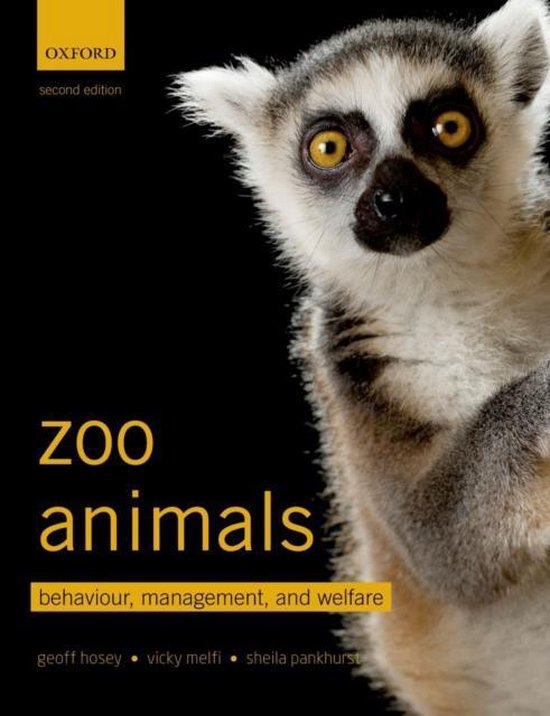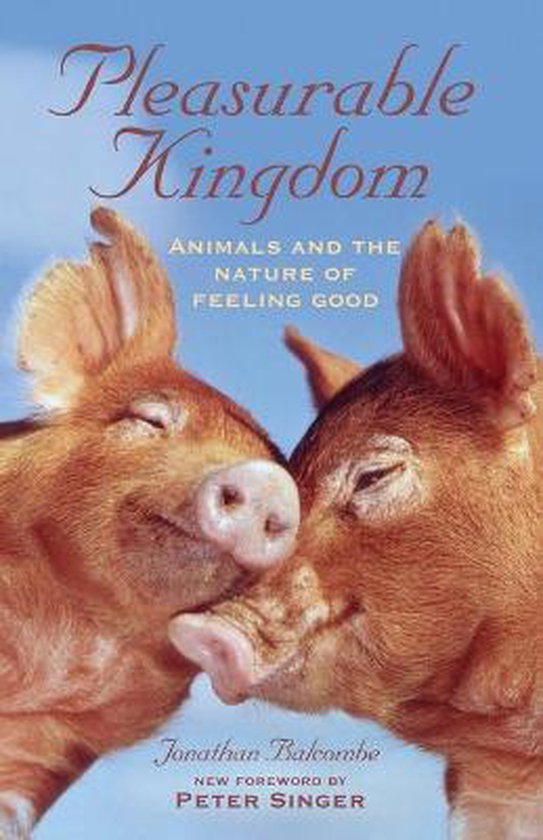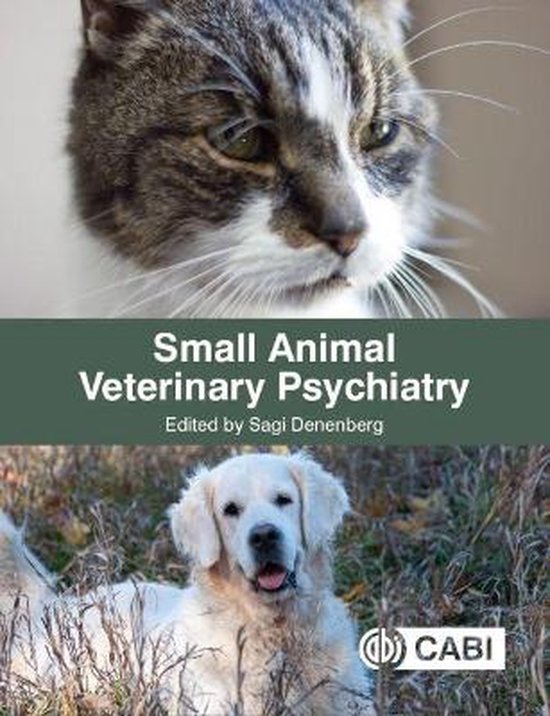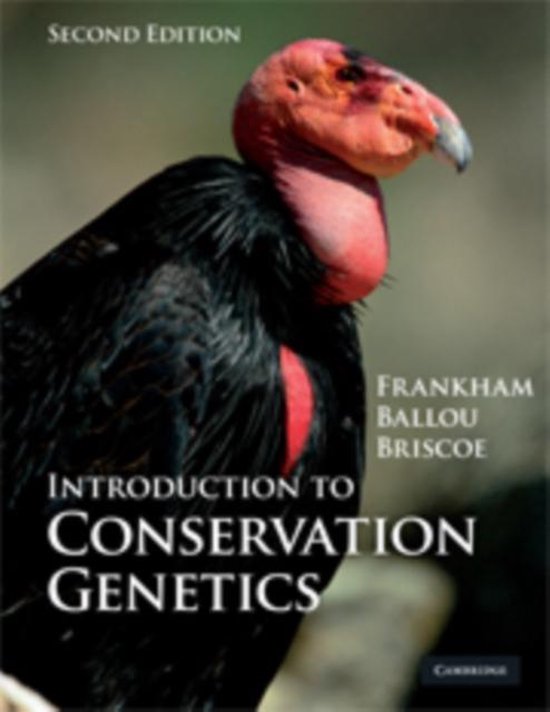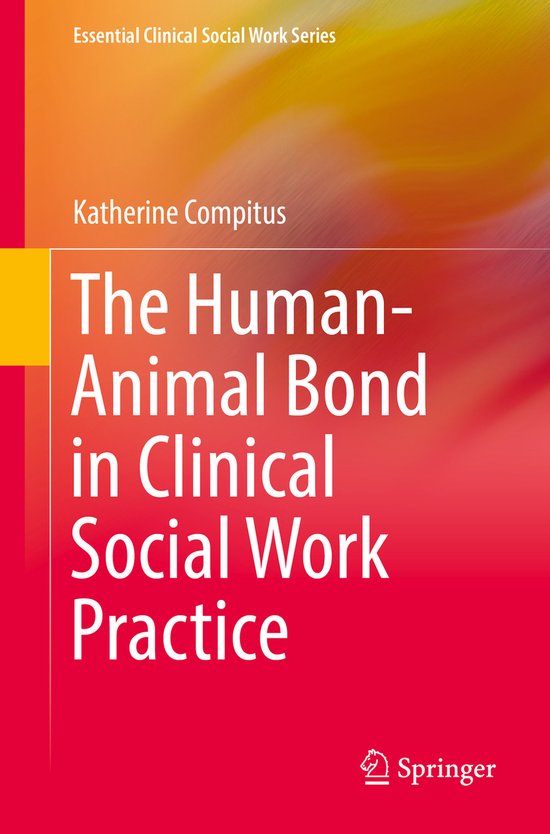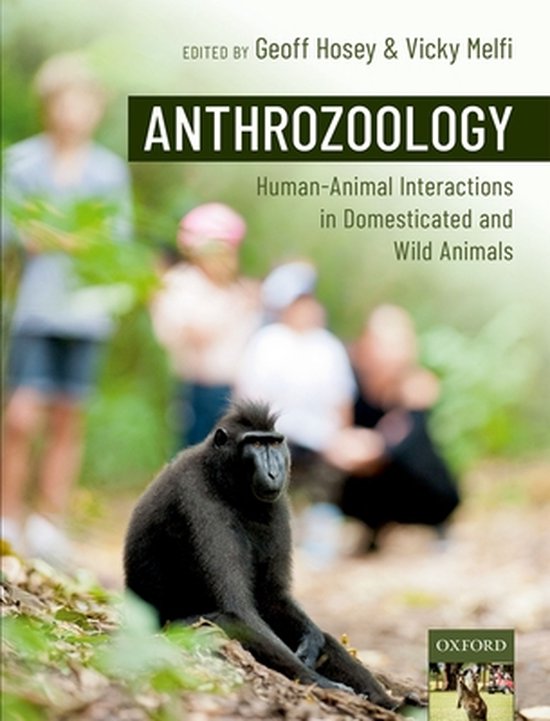
Anthrozoology
This is the first book to synthesise our current state of empirical knowledge across the entire range of contexts in which humans interact with animals.
Anthrozoology, the study of human-animal interactions (HAIs), has experienced substantial growth during the past 20 years and it is now timely to synthesise what we know from empirical evidence about our relationships with both domesticated and wild animals. Two principal points of focus have become apparent in much of this research. One is the realisation that the strength of these attachments not only has emotional benefits for people, but confers health benefits as well, such that a whole area has opened up of using companion animals for therapeutic purposes. The other is the recognition that the interactions we have with animals have consequences for their welfare too, and thus impact on their quality of life. Consequently we now study HAIs in all scenarios in which animals come into contact with humans, whether as pets/companions, farm livestock, laboratory animals, animals in zoos, or in the wild. This topical area of study is of growing importance for animals in animal management, animal handling, animal welfare and applied ethology courses, and also for people within psychology, anthropology and human geography at both the undergraduate and postgraduate level. It will therefore be of interest to students, researchers, and animal managers across the whole spectrum of human-animal contact.
Anthrozoology, the study of human-animal interactions (HAIs), has experienced substantial growth during the past 20 years and it is now timely to synthesise what we know from empirical evidence about our relationships with both domesticated and wild animals. Two principal points of focus have become apparent in much of this research. One is the realisation that the strength of these attachments not only has emotional benefits for people, but confers health benefits as well, such that a whole area has opened up of using companion animals for therapeutic purposes. The other is the recognition that the interactions we have with animals have consequences for their welfare too, and thus impact on their quality of life. Consequently we now study HAIs in all scenarios in which animals come into contact with humans, whether as pets/companions, farm livestock, laboratory animals, animals in zoos, or in the wild. This topical area of study is of growing importance for animals in animal management, animal handling, animal welfare and applied ethology courses, and also for people within psychology, anthropology and human geography at both the undergraduate and postgraduate level. It will therefore be of interest to students, researchers, and animal managers across the whole spectrum of human-animal contact.
| Auteur | | |
| Taal | | Engels |
| Type | | Paperback |
| Categorie | | Wetenschap & Natuur |
